History/Architecture in the 20th and 21st centuries
Pardubice and the architecture in the 20th and 21st centuries
The regulation of the River Elbe and River Chrudimka between 1909 and 1911, which was so important to Pardubice from the planning perspective, opened up new opportunities for urban development in the town. The first regulation plan in the town’s history was approved in 1913. Throughout the First Republic, however, development in the town proceeded without a land-use plan (such a plan was eventually compiled at the end of the 1930s). A number of land-use plans were created in the decades that followed to match the changing conditions of the times. These plans were coordinated with the land-use plan of the Hradec-Pardubice agglomeration from the 1970s onwards. A new land-use plan that is valid to this day was approved in 2001.
Architecture at the beginning of the 20th century was touched by Art Nouveau in Pardubice and elsewhere, something witnessed in the town theatre building designed by A. Balšánek and the collection of department stores on what is now Peace Avenue (třída Míru). Two of the most notable buildings from the end of the monarchy are the Winternitz Mill designed by J. Gočár, built in 1911, and the savings bank building built during the First World War based on the designs of F. Roth.
The first decades of the new Republic brought Pardubice its architectural heyday. The magnificent main post office and telegraph building was built on today’s Republic Square (náměstí Republiky) during the 1920s in line with the plans of L. Machoň. The technical school building was built a little further on and a building with passageways on the main avenue, a prime example of the transition from Rondocubism to Functionalism. The Anglobanka building was designed by the J. Gočár studio, while A. Šantrůček and V. Mandl were responsible for the Sokol gymnastic building. The Rondocubist Pardubice crematorium building created by P. Janák is one of the leading examples of the so-called “national style”. Indeed Rondocubism was responsible for whole ensembles of buildings in Pardubice and determined the character of a number of streets and squares.
The Physical Education and Sport Fair in 1931 triggered construction work on further public buildings in Pardubice, including modifications to the public area of what is now Republic Square, and was the impetus for the arrival of Functionalism and Constructivism, in the spirit of which the finishing touches were put to certain squares and streets. An industrial museum was built in connection with the fair according to the designs of K. Řepa. The same designer also worked together with F. Potůček on the sports stadium at that time. One remarkable building is Hotel Grand on Republic Square (náměstí Republiky), which was built in line with the designs of J. Gočár.
The period after the Second World War is represented by the Dukla housing estate from the 1950s, where the first two-year planning period type of home was later replaced by socialistic realism architecture. Worthy of note, however, are the modern railway station complex, designed in the Functionalist style by K. Řepa, V. Danda and K. Kalvoda and built in 1958, the city baths built in 1960 in line with the designs of A. Havíř and the department store from the beginning of the 1970s.
Among the most interesting buildings from the end of the 20th century we should certainly mention the university library by J. Třeštík, the completely reconstructed ice hockey stadium complex and the conversion of the Grand into a shopping centre. The Old Town has been reconstructed, in particular the chateau, whose dilapidated ruins have been transformed into a beautiful historic monument. A number of new buildings have also joined the reconstructed buildings in the city. Even the oldest housing estate has begun to undergo reconstruction that should change it into a more colourful and cosy place in which to live. The city’s parks and woods have been newly treated and new children’s play parks built.
The architecture of the third millennium is represented by such as the Magnum administration building, the AFI Palace shopping gallery and the ČSOB pojišťovna building.

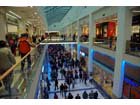
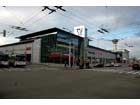
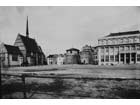
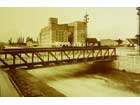
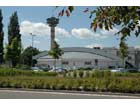
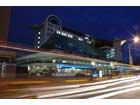
.jpg)
.jpg)
.jpg)
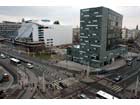
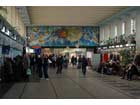
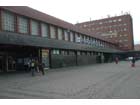
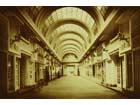
.jpg)
.jpg)
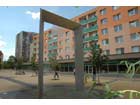
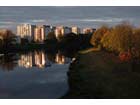
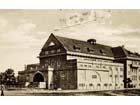
.jpg)
.jpg)
.jpg)